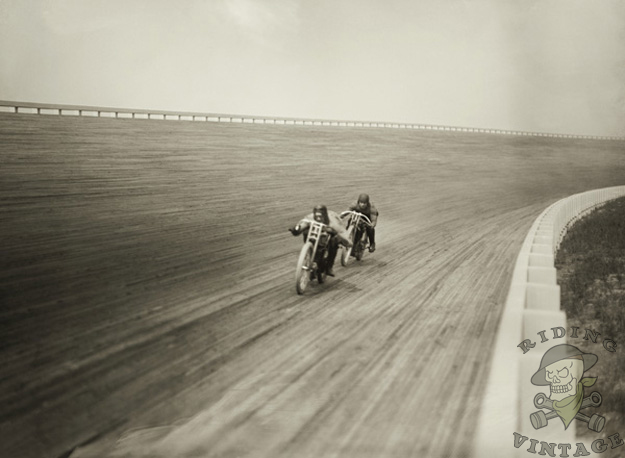


- Playa Del Rey, CA 1.0 mile 1910-1913
- Elmhurst, CA 0.5mile 1911-1913
- Chicago, IL (maywood) 2.0 miles 1915-1917
- Des Moines,IA 1.0 mile 1915-1917
- Omaha,NE 1.25 miles 1915-1917
- Brooklyn,NY (Sheepshead Bay) 2.0 miles 1915-1919
- Uniontown, PA 1.125 miles 1916-1922
- Cincinnati, OH 2.0 miles 1916-1919
- Tacoma, WA 2.0 miles 1915-1921
- Beverly Hills, CA 1.25 miles 1920-1924
- Fresno, CA 1.0 mile 1920-1927
- San Carlos, CA 1.25 miles 1921-1922
- Coati,CA 1.25 miles 1921-1922
- Kansas City, MO 1.25 miles 1922-1924
- Altoona, PA 1.25 miles 1923-1931
- Charlotte, NC 1.25 miles 1924-1927
- Culver City, CA 1.25 miles 1924-1927
- Salem, NH (Rockingham) 1.25 miles 1925-1927
- Laurel, MD 1.125 miles 1925-1926
- MIami, FL (Fulford-by-the-Sea) 1.25 miles 1926-1927
- Amatol, NJ (Atlantic City) 1.5 miles 1926-1928
- Woodbridge, NJ 0.5 mile 1929-1931
- Akron , OH 0.5 mile (no dates)
- Bridgeville, PA 0.5 mile (no dates)












